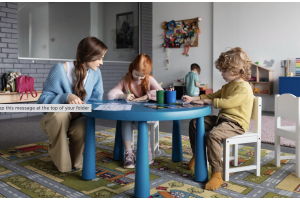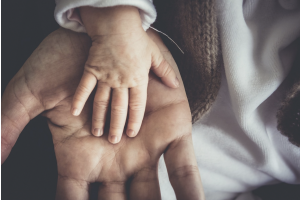Key Therapies for Children With Periventricular Leukomalacia

PVL is a brain injury that affects the white matter around the brain’s ventricles. The condition mostly leads to severe developmental issues in children. There is no treatment for this condition. However, individualized care can help prevent other disorders and improve the child’s life. Here are essential therapies for children with PVL.
Physical Therapy
This is specific physical care that aims to improve the quality of life after an injury or clinical procedure. The treatment increases muscle strength and coordination in children with PVL. Since the condition often affects brain function, children may struggle with movement and balance. PT enhances physical abilities to prevent complications like joint contractures. Some activities include stretching and strengthening, which improve muscle movement.
Balance and coordination practices can make children more stable and prevent falls. Gait training enables children to learn to walk without assistive devices. Neuromuscular re-education encourages proper movement patterns and muscle activation. When done correctly, these physical treatments reduce the risk of joint deformities and muscle tightness. This encourages children’s participation in daily activities. Parents and doctors must monitor discomfort during sessions to prevent further injuries.
Occupational Therapy
The treatment assists children perform daily tasks more efficiently. It is mostly confused with physical therapy since it aims to improve the child’s overall development. However, it targets to promote motor skills and sensory processing. It also improves hand and eye coordination. This helps children perform daily activities like dressing and writing without assistance. The treatment includes fine motor training and sensory integration therapies. These enable children to process sensory information like touch and sound correctly.
Daily living skills training motivates children to try self-care activities like teeth brushing and tying shoelaces. Meanwhile, hand and eye coordination practices help children to grow their vision and motor skills. Therapists can also train children with periventricular leukomalacia to use adaptive equipment like special grips or modified seating to assist them with tasks. These tools enhance the ability to perform activities independently and reduce frustration. However, doctors should understand each child’s sensory preferences and challenges to customize therapy sessions.
Speech and Language Training
This treatment assesses communication problems and speech disorders. Many children with the condition experience challenges with clear expression and swallowing. The problems occur due to impaired muscle control in the mouth and throat. Speech and language pathologists train affected children on effective communication and eating skills.
This ensures smooth and safe muscle movement, and it also reduces the possibility of developing other fluency and aphasia problems. These problems can affect one’s ability to read and write when left unaddressed.
Some exercises used during the treatment include oral motor practices. These make muscles involved in speaking and swallowing stronger. Therapists can also use communication boards, sign language, and speech-generating devices for children with serious communication problems. These improve speech clarity in affected children. This increases confidence in children, allowing them to communicate their needs.
Endnote
PVL presents unique challenges to developing children. These include delayed development, learning disabilities, and vision problems. However, targeted treatments can help achieve significant growth milestones. Parents and doctors can administer physical, occupational, and speech therapies to give children essential mobility and communication skills.






